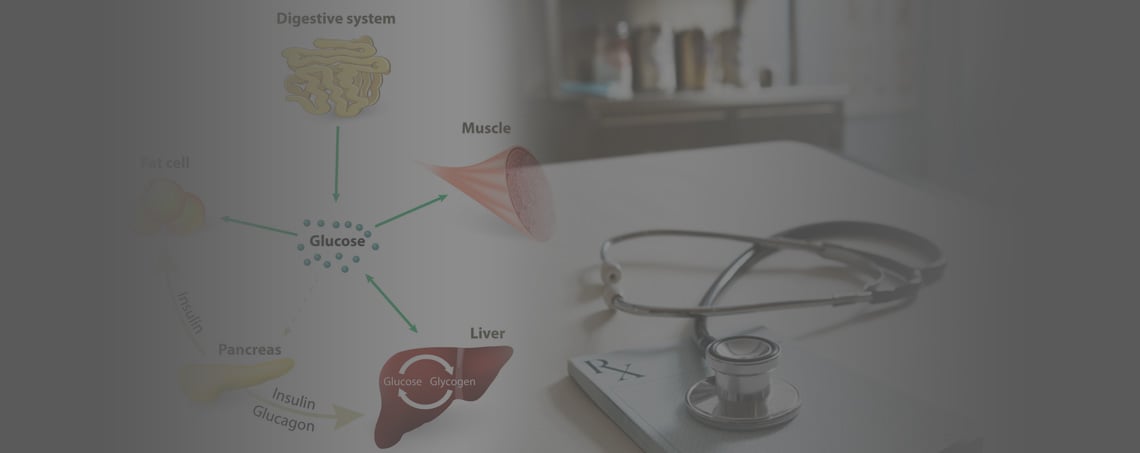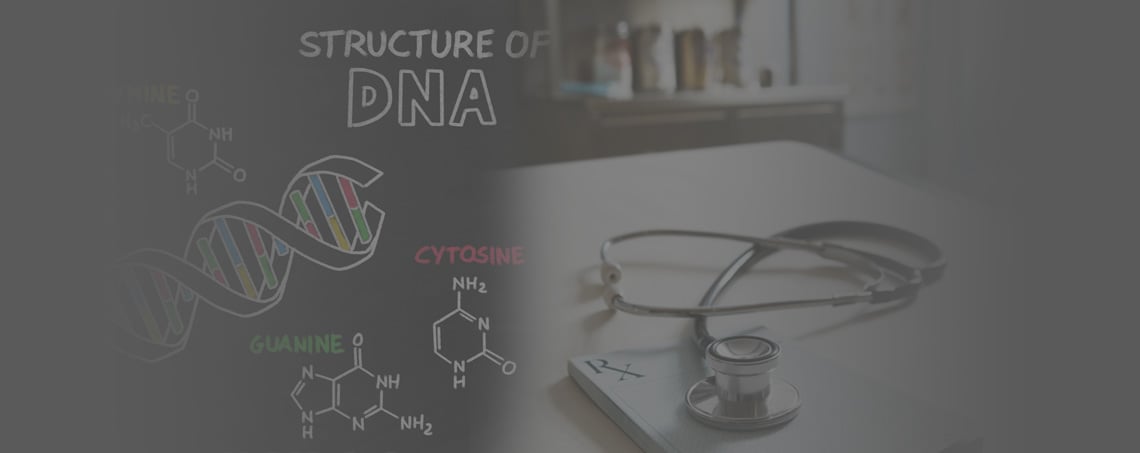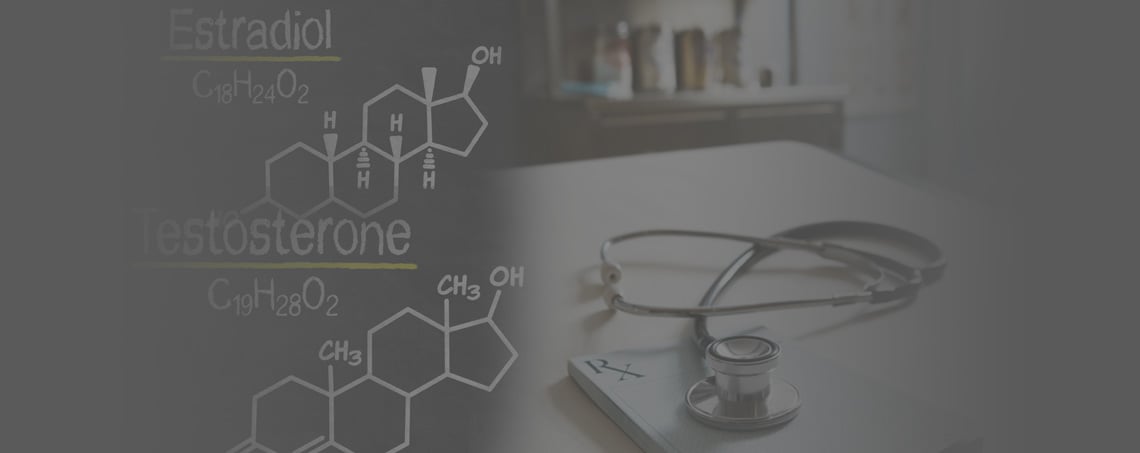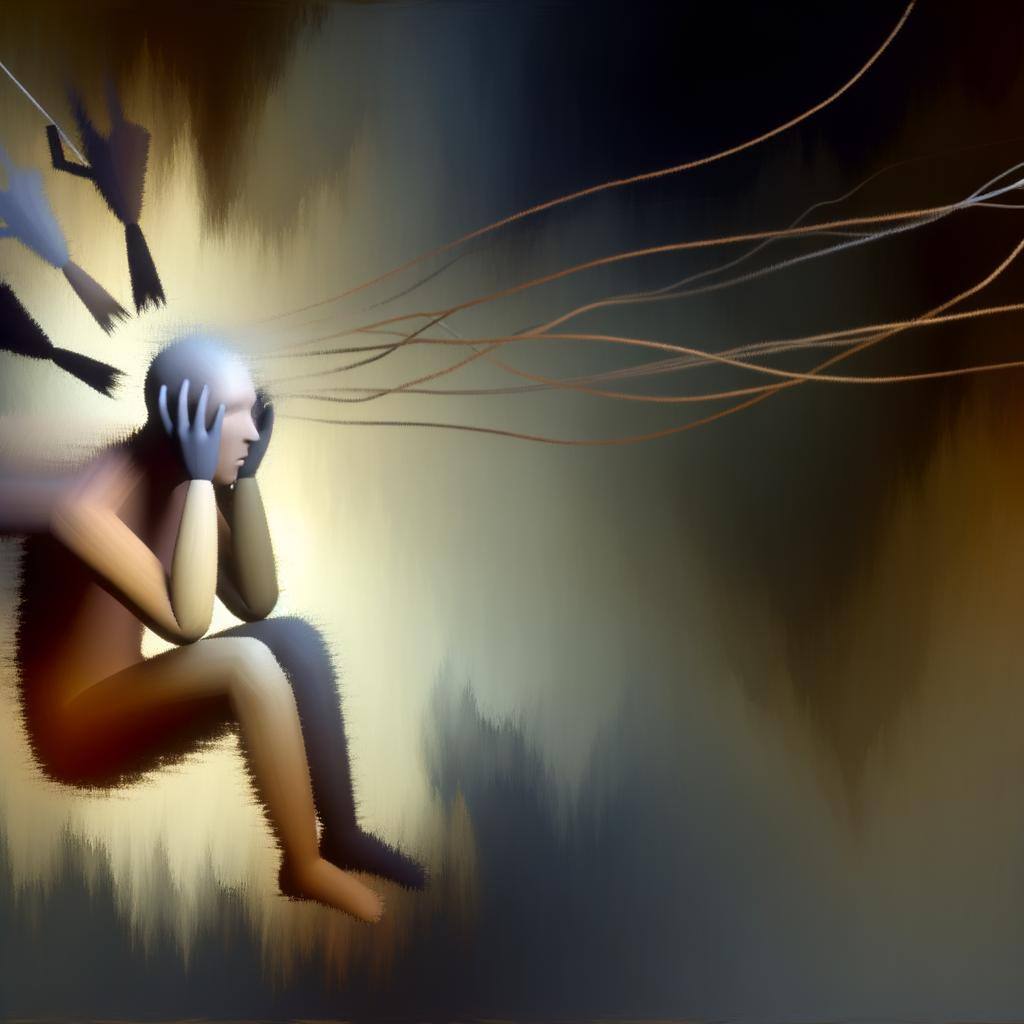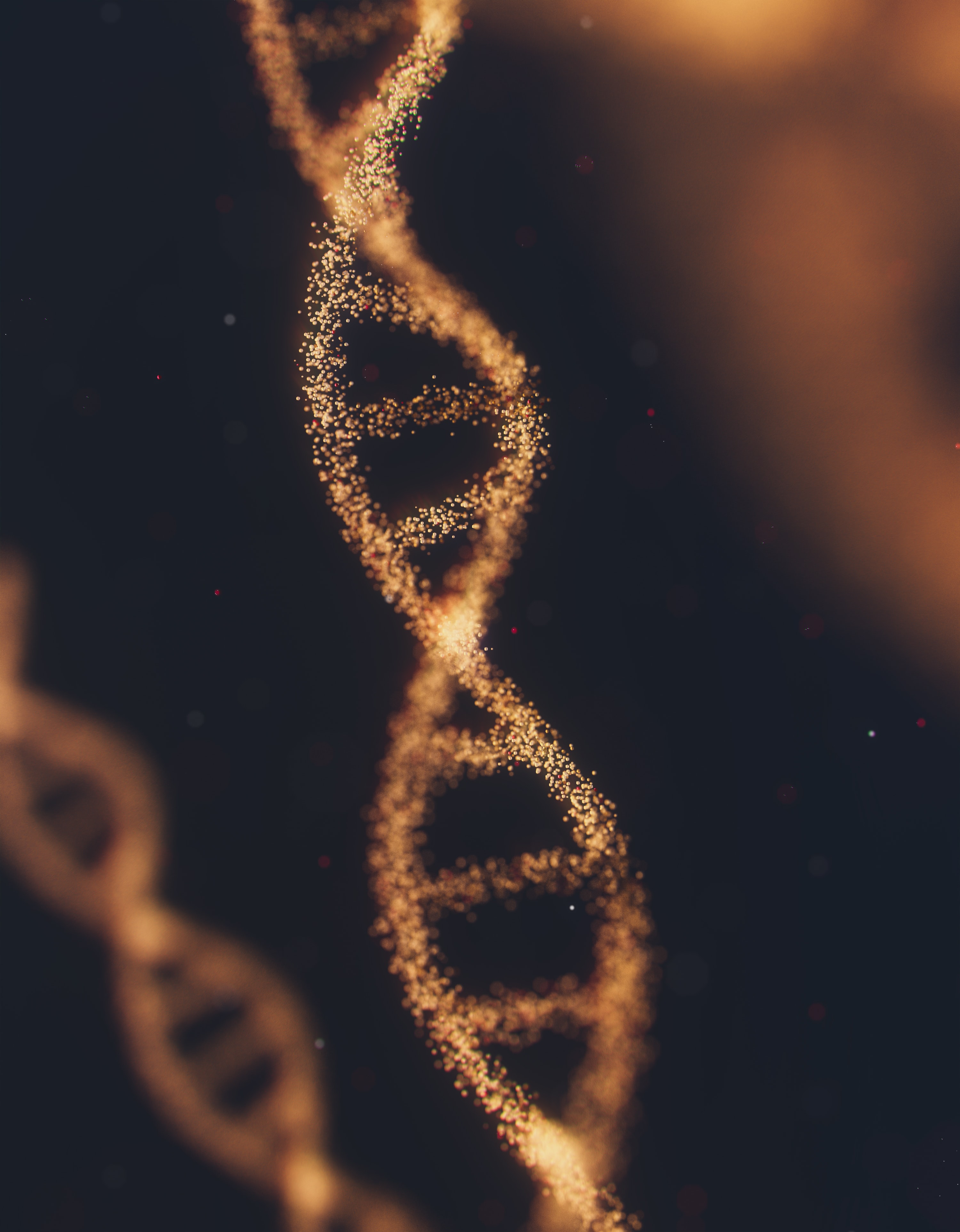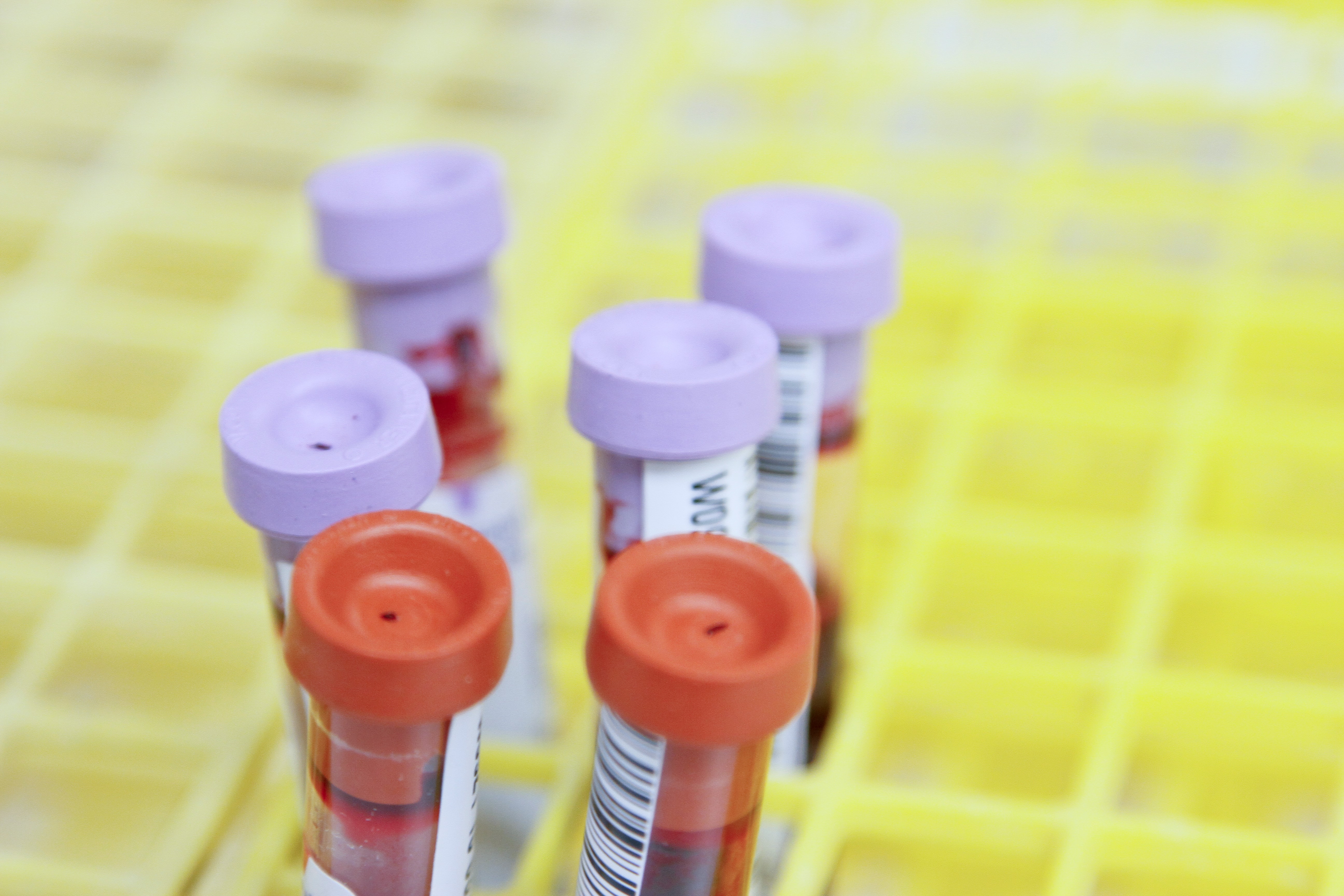Here's The Cause of Low Energy Levels
Because low energy levels and fatigue are subjective and can arise for so many different reasons, they do not give us a lot of clues as to what could be wrong with your body. However, when paired with other symptoms and signs in your body, the picture can become clearer.
When you eat food your body makes energy from it. It may follow then when you have low energy that, the making of energy may be disrupted. So this article will explore the various ways that energy production may get disrupted to cause low energy levels. To do this we will first have to explore the normal process of energy production. This may (which means yes it will :) ) require some biochemistry. So if you really want to get at the "why" of your low energy levels, this article is for you. If you just want the summary, skip to the bottom of the article.
The Recipe for Making Energy
Under normal circumstances, your body makes energy from the food you eat and the stored food. All food has a certain energy reserve or potential built within it. The job of your body is to turn that energy reserve into energy (ATP) that can be used. The body has two main ways of doing this. The first and most efficient way is called oxidative phosphorylation. This process requires oxygen and so occurs freely when the oxygen supply (and calories) is plentiful.
The second way the body turns energy reserves into ATP is through a non-oxygen dependent process called anaerobic glycolysis. This process is much less efficient and is usually thought of as a back up pathway. For example, when you put your body through strenuous exercise this backup pathway is used more readily. During mild to moderate exercise exertion, your body will mainly rely on oxidative phosphorylation. However, with max exercise output like sprinting, the oxygen capacity of your body runs out. With this, you body shifts it's energy generation from oxidative phosphorylation to anaerobic process. In making this shift the amount of energy units produced also goes down by almost 20x. This is in part what limits our exercise capacity. Similar mechanisms are thought to be behind why some people feel low energy levels when at rest. Before we discuss this lets look at different ways people experience low energy levels.
Chronic Fatigue Syndrome, Fatigue, and Low Energy Levels
Ok so what is the difference in all these terms? Fatigue and low energy are essentially the same thing, but Chronic Fatigue Syndrome is something entirely different. While to some extent it is a matter of level of energy depletion, there are key findings in people with Chronic Fatigue Syndrome not found in people with just low energy levels.
In a previous article we answered the question "why am I always so tired." This article looks more at general reasons people have low energy levels. Here we will a little closer at at energy production issues in people with Chronic Fatigue Syndrome. The exact cause of Chronic Fatigue Syndrome is not known but there are two leading mechanisms/ causes. They include:
1. Mitochondria dysfunction
2. Immune system dysfunction
Mitochondrial dysfunction refers to inefficient energy production from the energy producing area of the body, the mitochondria. Oxidative phosphorylation (discussed above) occurs mainly in the mitochondria. So it makes sense to look at this part of the cell as a potential sources for low energy levels. Researchers looking at this problem do find a reduced energy output but the question is why. 1 What triggers the energy output to slow down? (answered below)
The second proposed mechanism focuses on the immune system as the reason for low energy. A poorly functioning immune system cannot keep viruses and bacteria in check, leading to longer duration infections and a chronic battle between microbes and your bodies immune system. This drains your energy reserves. In addition to the energy required, your body is constantly producing chemical messengers to help your immune system fight off the infections. Think of how you feel when you have the flu. Those body aches and fatigue are coming from the chemical messengers the body makes in response to infections. The same thing is occurring with chronic infections just to a lesser extent.
Normally when we are exposed to viruses like EBV (Epstein-Barr virus) and Human Herpes 6 virus we go through a period of sickness and then move on with our lives (and sometimes we don't even get sick and our bodies fight them off). For those with Chronic Fatigue Syndrome, the immune system is in a daily struggle with the viruses and cannot suppress the virus into dormancy. This leads to a daily struggle with energy levels. 2
As it turns out, these two reasons for low energy and chronic fatigue may be very closely tied together as one universal reason.
Dysfunctional Energy Production = Low energy Levels
What do you do when you wake up and feel like you just ran 3 miles? Or when you have even lower energy when you try to exercise or exert yourself? Because of the link with mitochondrial problems these are hallmark symptoms of Chronic Fatigue Syndrome (also known as myalgic encephelomyelitis). Since the mitochondria play a vital role in responding to the the cells need for energy, it is often the focus of research.
A recent study compared mitochondrial energy production in controls verse those with chronic fatigue syndrome. The researchers were able to isolate the mitochondria and corresponding energy production by studying the blood cells of the subjects. To determine the efficiency of the cells energy production, they exposed the cells to different levels of glucose. In this environment we would expect increased energy production. Indeed, both the controls and chronic fatigue syndrome blood cells produce more energy with higher glucose. However, the amount produced by the chronic fatigue group was much lower than controls. 3 Similar findings have been observed in other research studies. So the underlying theme of low energy levels in chronic fatigue syndrome is decreased energy output from the mitochondria in the presence of plenty of oxygen and fuel.
Of course, the question is why. Why does this happen to these people?
The prevailing hypothesis is that the mitochondria are sick. Precisely how or why they are sick is not clear. It is difficult to isolate the target to just one reason since there are many venerable areas in the mitochondria and likely different clustering of reasons.
Since those with Chronic Fatigue Syndrome have different clustering of symptoms we may get some clues by looking at each individual's symptoms separately. We can then track those symptoms back to a venerable area of the mitochondria.
This is not to suggest that the Chronic Fatigue Syndrome symptoms are random and without a pattern. Rather there are slight variations in degree and presence of the symptoms. What the above study points out is that there is clearly mitochondrial dysfunction and not simply psychosomatic fatigue. Here are some leading causes of mitochondrial sickness:
- Toxic overload from environmental toxins
- Microbial toxins (bacteria, viruses and yeast in the digestive or in the body)
- Genetic venerability with the mitochondrial proteins
- Genetic problems with detoxification enzymes
- Genetic problems with immunoglobulins.
- Genetic problems with glutathione
Free Radicals Reduce Energy Production
When your body is fighting bacteria and virus, free radicals are produced. When your body is exposed to toxins, free radicals are produced. Also when making energy through oxidative phosphorylation, free radicals are produced. If all or some of these problems are present, your body will reduce oxidative phosphorylation to preserve the bodies ability to combat free radicals. The main antioxidant that prevents the free radicals damage is glutathione. Some people don't make or recycle glutathione very well for genetic reasons. This can lead to increased cell death.
This is particularly a problem in white blood cells. White blood cells produce hydrogen peroxide to kill off viruses and bacteria. Hydrogen peroxide turns into a free radical unless there is glutathione present.
The body can combat these free radicals with antioxidants from food and up regulating glutathione production. However if there are increased toxins in the cells or increased oxidative stress from fighting an infection, the capacity to contain further free radical production may be limited.
What Works for Low Energy Levels
In my experience helping people with low energy levels and fatigue, it can make all symptoms and health issues seem worse. The effectiveness of the solutions we use may vary based on where the bulk of the problem is coming from, but also how far off your biochemistry is. When you have only one thing off, you might not really notice it is off. However, if you have low thyroid, digestive issues, and immune problems, etc there is no doubt you will be feeling poor.
For some people it may seem like everything you do does not work. For instance, you correct your thyroid or hormone problem, but you still feel bad. Or you try a diet that helps the digestion but you still feel bad. Until you get all things better and all things working on all cylinders you many not experience the benefits of the previous treatments. Keep these things in mind when you are on the hunt for "the" reason you have low energy levels. It may actually be reason(s).
Now for the good stuff.
The general theme of treatment is to, identify genetic venerability, improving toxin elimination, reduce toxin exposure, and eliminate chronic infectious disease. How we approach your particular version of chronic fatigue or low energy levels will depend on what is going on with the above.
I find the first one and last one to be particularly useful helping people recover from Chronic Fatigue Syndrome or low energy levels. Specific genetic venerability that can really help include:
MTHFR, PEMT, GSH, GSR, GST (this is a short list). You can learn more about these here or here.
Treating chronic infections is not always straight forward but should always start with ensuring digestion is optimized (like SIBO and candida). This is where most of the immune system is primed so getting this right will help you naturally fight infections better overall. Click below to learn more about
Chronic Fatigue and Chronic Infections.
As mentioned above, each person is unique in how their low energy levels present. There are many vitamin and supplements that may help the mitochondria work more efficiently but you really don't want to improve the mitochondria until it is ready. Doing this is like put high octane gas in 4 cylinder car that is only running on 2 cylinders. Until you fix the other two cylinders the result will be very marginal at best. First find out why the mitochondria are slowing down to begin with. For a customized plan, click on the link below.
References
1. Chronic fatigue syndrome and mitochondrial dysfunction. https://www.ncbi.nlm.nih.gov/pmc/articles/PMC2680051/
3. Cellular bioenergetics is impaired in patients with chronic fatigue syndrome. https://www.ncbi.nlm.nih.gov/pmc/articles/PMC5655451/
